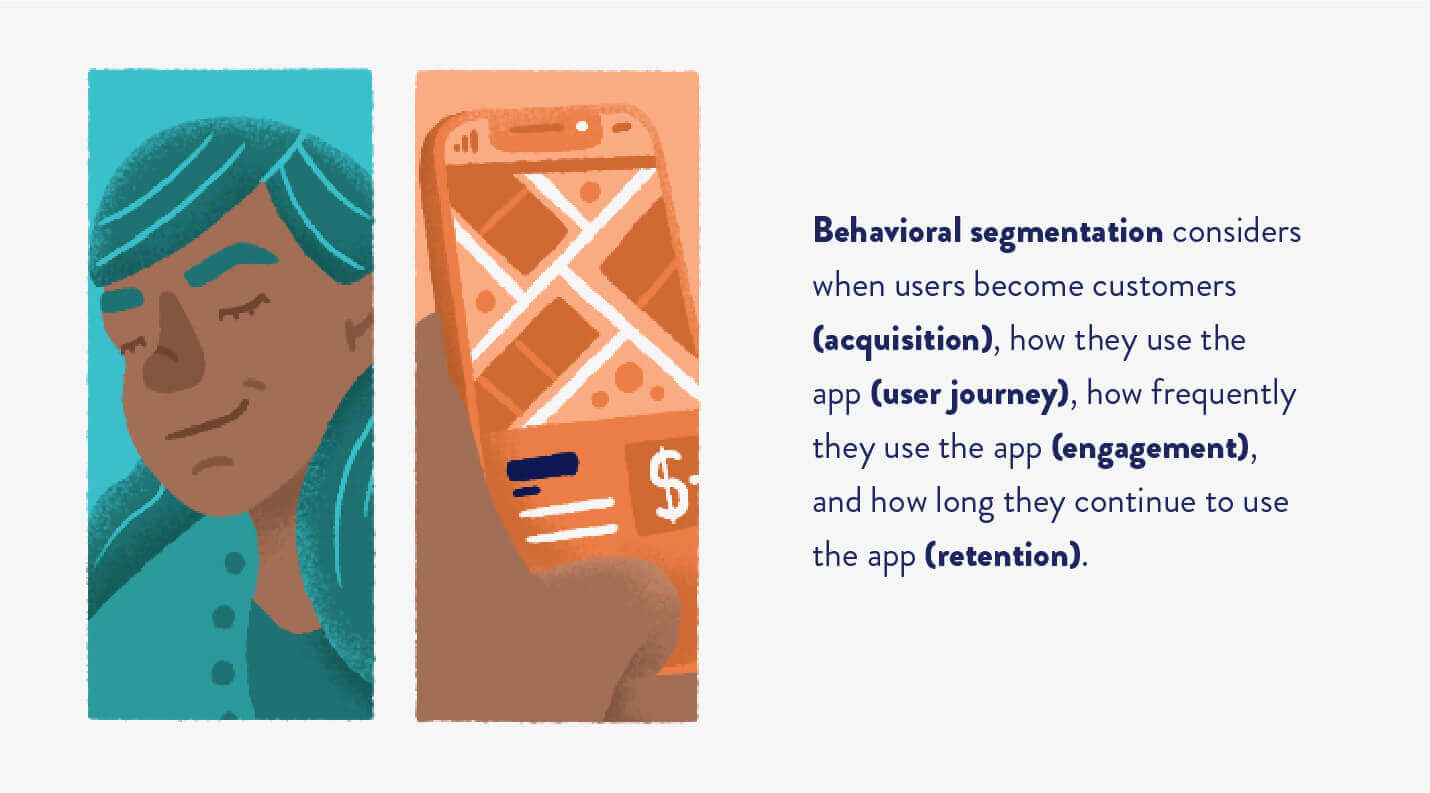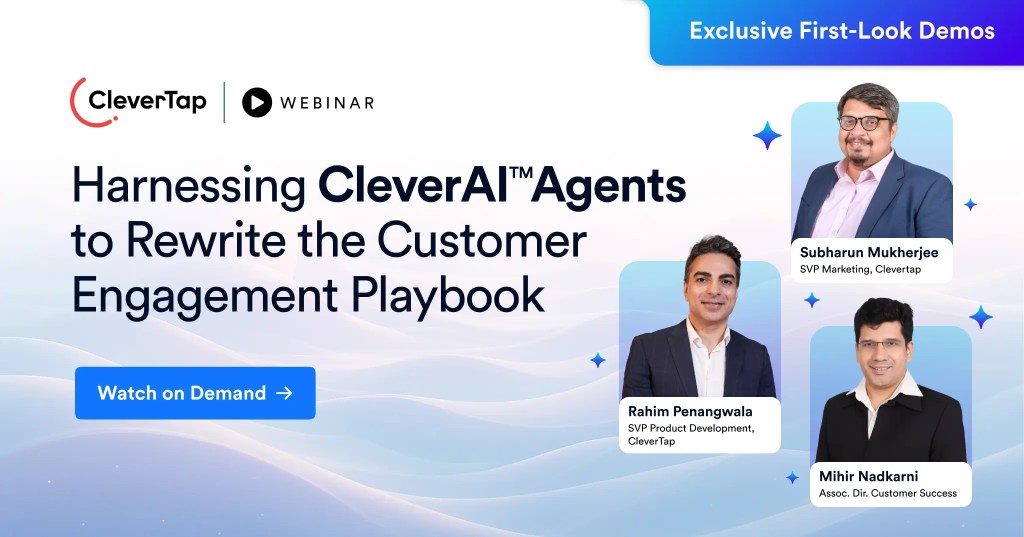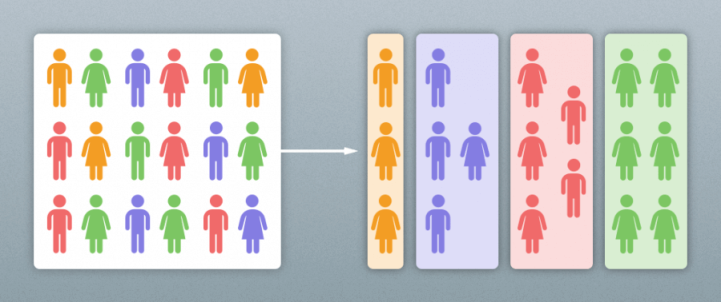Mobile gaming is big business, but it’s not always easy to keep players engaged and spending money. Fortunately, there’s a powerful marketing strategy that can help increase engagement: behavioral segmentation.
Behavioral segmentation involves dividing players into different groups based on their shared, specific patterns of behavior. Using data-backed insights, you can target each segment more effectively. This leads to increased engagement and increased customer lifetime value (LTV), which translates into revenue.
There are myriad benefits to behavioral marketing and segmentation. But before we dive into that, a quick primer on some common types of behavioral segmentation used in mobile gaming.
Different Types of Behavioral Segmentation in Gaming
- In-game behavior: This type of segmentation analyzes how users interact with the app itself. For example, you can track how long players spend in your app and which levels they complete.
- Engagement behavior: Captures how users engage with your app outside of gameplay. This can include how frequently they open the app, how long they stay in the app, or which features they use most often.
- Demographic behavior: While this type of data — age, gender, location, etc. — is not behavior-based, it can still be used to create campaigns that resonate with specific groups.
- Purchasing behavior: This type of segmentation looks at players’ purchases within the app, including what they buy, how often, and how much they spend.
Benefits of Behavioral Segmentation

You can derive numerous benefits from behavioral segmentation, such as:
Targeted Marketing: With behavioral segmentation, you can create targeted marketing campaigns that speak directly to the interests and preferences of specific groups of players.
For example, if a player tends to make in-app purchases during special events or holidays, you can create a targeted campaign that is themed to the holiday or event, which offers exclusive deals and discounts during that time of year or while the event is happening.
Increased Engagement: Understanding players’ behaviors and preferences enables you to make them relevant offers. And this will make them more likely to engage with your app. And when they’re engaged, they’re more likely to spend money. It’s a win-win!
You may notice that a player tends to play mobile games during their morning commute. In response to this insight, you could create a targeted campaign that highlights games that are easy to play while on-the-go, such as short-burst hyper-casual games or those that don’t require a lot of concentration.
Or, you could even be a bit meta by suggesting games that involve commuting or driving, such as CSR Racing or Does Not Commute.
Better Retention: When you understand how your players behave, you can create marketing campaigns that will keep them coming back for more.
If you notice that some players tend to drop off after a certain level, you can create an email campaign that offers tips and tricks for getting past that hurdle and improve your retention rate. Or, for the dreaded hibernating player — someone who hasn’t played your game in several weeks — you might try to re-engage them by offering them an exclusive reward or a bonus if they return to the game, a lapsed player gift.
Increased Revenue: In addition to all of the above, behavioral segmentation can help you make more money from your mobile game by targeting players who are most likely to spend.
For example, if a certain group of players tends to make in-app purchases for virtual currency, you can create an ad campaign that offers a discount on virtual currency targeted to that group.
Customer Spotlight: How Rummy Passion Uplifted App Stickiness and Day-30 Retention Rate

CleverTap customer Passion Gaming wanted to increase campaign performance and monetization by improving how they bring players into the app and interact with them.
The marketing team needed to better understand user behavior. With the CleverTap platform, they implemented an automated user segmentation system, enabling them to create micro-segments and target users based on their actions (or lack thereof). This approach resulted in improved conversion rates.
They also used funnels to gain insights into user behavior, where users were dropping off, and if these might be connected to any friction points in the app. Creating micro-segments based on each step in the user funnel streamlined the segmentation process and saved valuable time and effort.
The result? Among the 30-day cohort of users who deposited money, they saw a 23% uplift in app stickiness and a 41% uplift in the Day-30 retention rate.
How to Implement Behavioral Segmentation
Implementing behavior segmentation can be a daunting task for many mobile gaming app marketers, but it will pay ongoing dividends in terms of ultimately improving user LTV. The key to your success lies in data — how you collect it and then how you use and analyze it. It’s a bit of both science and magic.
- Collect Data: First, you’ll need to collect data about your players. This can be done through in-app surveys, analytics tools, and player feedback.
- Identify Segments: Next, identify different segments of players. How you slice and dice them is where your marketing insights and experience can shine. For example, you might segment players by the genre of games they tend to play or by the days or the week or times they most often play.
- Create Campaigns: With your segments identified, it’s time to create marketing campaigns that speak directly to each group, based on what the data tells you about them.
- Analyze Results: Finally, you’ll want to analyze the results of your campaigns to see what worked and what didn’t. Then, refine your strategy to create even more effective campaigns in the future.
You Might Like to Read: What is Marketing Segmentation? Definition, Types & Examples
Boosting Your LTV With Behavioral Segmentation — and CleverTap
Customer segmentation provides actionable insights, and with CleverTap powering your mobile app marketing, you can automatically track user groups in real time. When you know what your players are doing at that moment, you can target them even more effectively.
Our advanced segmentation engine has a number of industry-first capabilities, including RFM analysis, Cohort analysis, intent-based segmentation, and custom lists. You can also conduct psychographic segmentation, geographic segmentation, and demographic segmentation with CleverTap.
Want to learn more? Sign up for a demo today to discover all that our platform can do for you.

See how today’s top brands use CleverTap to drive long-term growth and retention
Subharun Mukherjee 
Heads Cross-Functional Marketing.Expert in SaaS Product Marketing, CX & GTM strategies.
Free Customer Engagement Guides
Join our newsletter for actionable tips and proven strategies to grow your business and engage your customers.















































